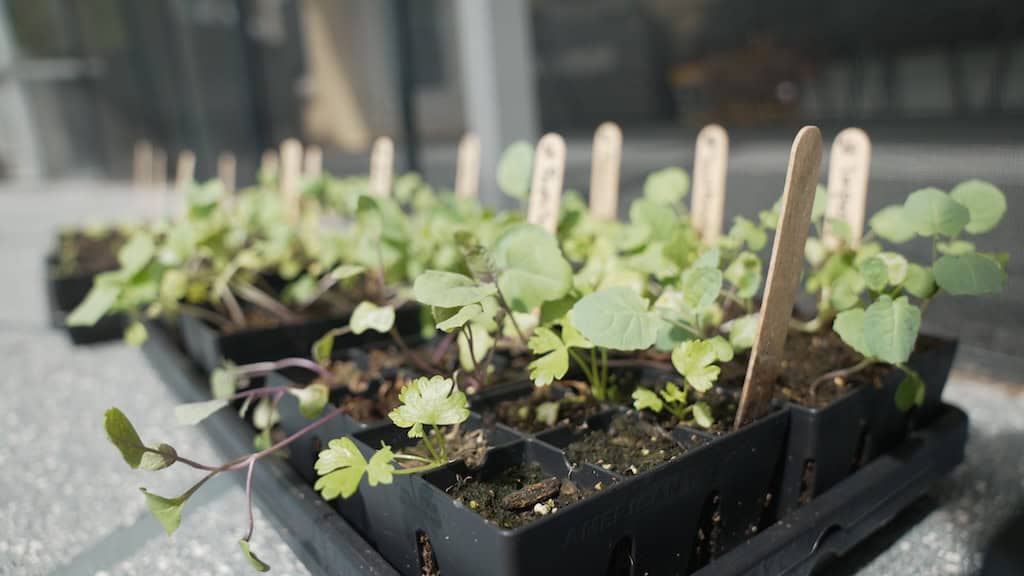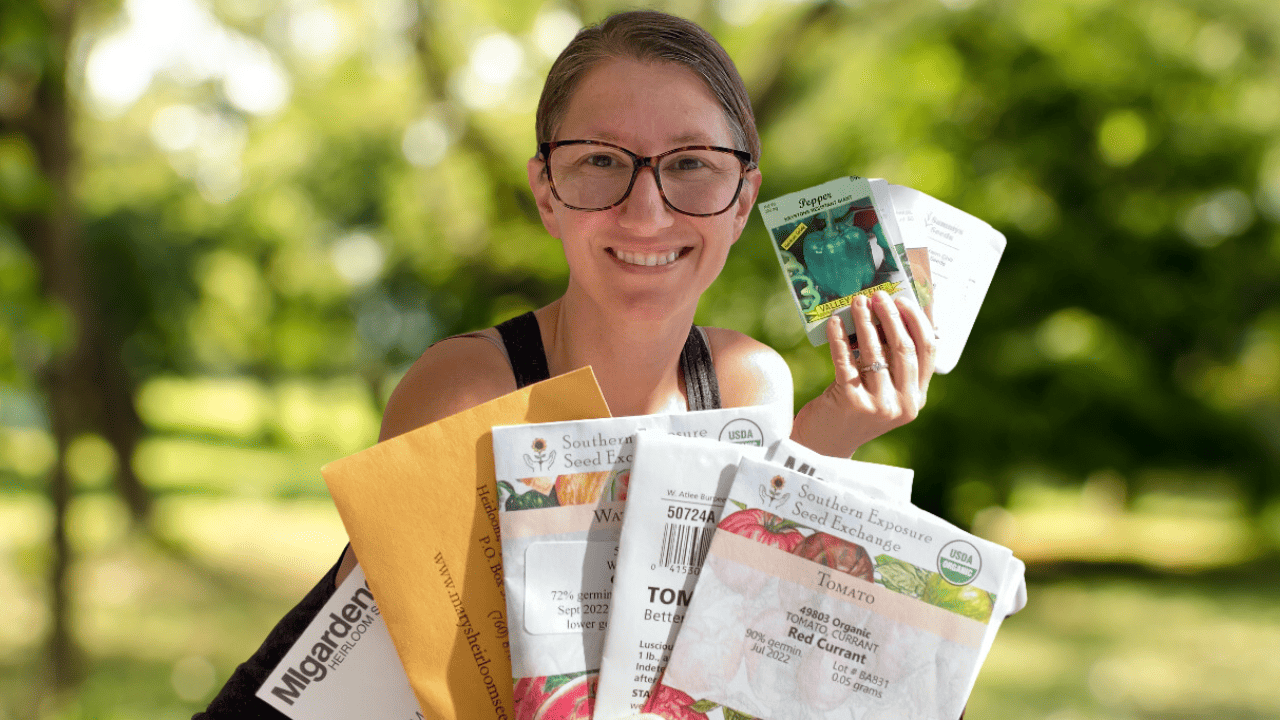Last Updated on September 19, 2024 by Homegrown Florida
Hey there, fellow gardener! If you’re growing sweet potatoes here in Florida, you’ve probably noticed they don’t behave like your typical garden veggies. Unlike in other parts of the country, where you wait for the plant to die back before harvesting, sweet potatoes in our sunny state can keep on growing for years—literally! This perennial nature makes them a little tricky when it comes to knowing exactly when to harvest, but don’t worry, I’ve got you covered. Let’s walk through how to tell when your sweet potatoes are ready, the best way to harvest them, and how to keep your vines going for next year’s crop.
Why Sweet Potatoes Are Perennials in Florida
The warm, subtropical climate in Florida makes for a perfect environment where sweet potatoes can grow year-round. That means they won’t die back on their own, as they do in cooler regions. Instead, they’ll keep sending out vines, producing new potatoes, and re-rooting wherever the vines touch the soil. It’s a gift that keeps on giving, but it also means we don’t get the usual signal of dying leaves to let us know when it’s time to harvest.
This perennial cycle is both a blessing and a bit of a puzzle. Because the plants don’t naturally slow down, it can be tough to know when the potatoes are ready. But with a little digging—literally—you can check on their progress and plan your harvest accordingly.

How to Know When to Harvest Sweet Potatoes in Florida
So, how do you tell when your sweet potatoes are ready to harvest in Florida? The answer lies in getting a bit hands-on with your plants.
After about four to five months of growth, reach down to the base of the plant and start digging gently around the roots. If you feel large, firm potatoes, they’re likely ready for harvesting. The key here is that sweet potatoes grow downwards from the main vine, so dig straight down and avoid disturbing the vines too much, especially if you want them to continue growing.
Another tip: If you notice the vines starting to look a little tired or the leaves turning slightly yellow, this might be your plant’s subtle way of telling you it’s time to harvest sweet potatoes in Florida.
Harvest Sweet Potatoes in Florida: A Gentle Approach
In Florida, you have the option of harvesting all at once or taking a more relaxed, staggered approach. Personally, I like to harvest sweet potatoes plant by plant. That way, the rest of your crop can keep growing while you enjoy your first batch of fresh sweet potatoes.

Here’s a simple method to get started:
- Start with the vines: Grab some gloves and clippers, and trim back the vines by a foot or so from where you plan to dig. This makes it easier to see what you’re doing and keeps the rest of the plant undisturbed.
- Dig carefully: Use your hands or a small garden fork to gently loosen the soil around the base of the plant. Remember, sweet potatoes can grow deep, so don’t be afraid to dig down a bit.
- Check for size: If the potatoes are large and feel firm, you’re good to go. If they seem a little small, you can let the rest of the plants grow a bit longer before harvesting them.
Curing Sweet Potatoes: The Key to Flavor and Storage
Once you’ve harvested your sweet potatoes, there’s one important step you can’t skip—curing! Curing helps sweet potatoes develop their full flavor and prepares them for long-term storage. It’s a simple process but requires a bit of patience.

Here’s how to do it:
- Set the environment: Sweet potatoes need warmth and humidity to cure properly. Aim for a space with temperatures around 85°F and high humidity (around 85-90%) if possible. This can be a bit tricky in home gardens, but if you don’t have a designated curing spot, a warm, shady area outdoors can work too.
- Time to cure: Let your sweet potatoes cure for about 10-14 days. During this time, their skins will toughen up, and their starches will start converting into sugars, which brings out that sweet, delicious flavor we all love.
- Storage after curing: Once the curing process is complete, store your sweet potatoes in a cool, dry place. Somewhere around 55-60°F is ideal. A stackable solution, like milk crates, is perfect because it allows for good airflow and keeps your spuds fresh for months.
Regrowing Sweet Potatoes for Next Season
One of the best things about growing sweet potatoes in Florida is that they can essentially keep on growing year after year with very little effort. After harvesting, don’t toss those vines—reuse them! Here’s how you can easily propagate your sweet potatoes for next season.
- Trim healthy vines: After you’ve harvested your potatoes, look for strong, healthy sections of vine that are still vibrant and green. These are the parts you’ll want to save.
- Bury the vines: Simply cut the vines into sections, making sure each one has a few leaves, and bury them about 2-3 inches deep in the soil. The buried sections will begin to root, and before you know it, you’ll have new sweet potato plants growing right in place.
- Water well: After replanting the vines, give them a good soak to encourage rooting. Within a few weeks, you’ll start to see new growth popping up, and the cycle begins again.
This method of propagating by replanting the vines works particularly well in our Florida climate, where sweet potatoes can thrive year-round with minimal intervention.
Sweet potatoes are one of the most rewarding crops you can grow in Florida, thanks to their perennial nature and resilience in our warm climate. While the continuous growth can make it a bit tricky to know when to harvest sweet potatoes in Florida, with a little practice and a hands-on approach, you’ll be pulling up delicious, homegrown sweet potatoes in no time. Plus, by replanting the vines, you’ll have a steady supply of sweet potatoes for seasons to come. Happy gardening, and here’s to many bountiful sweet potato harvests




